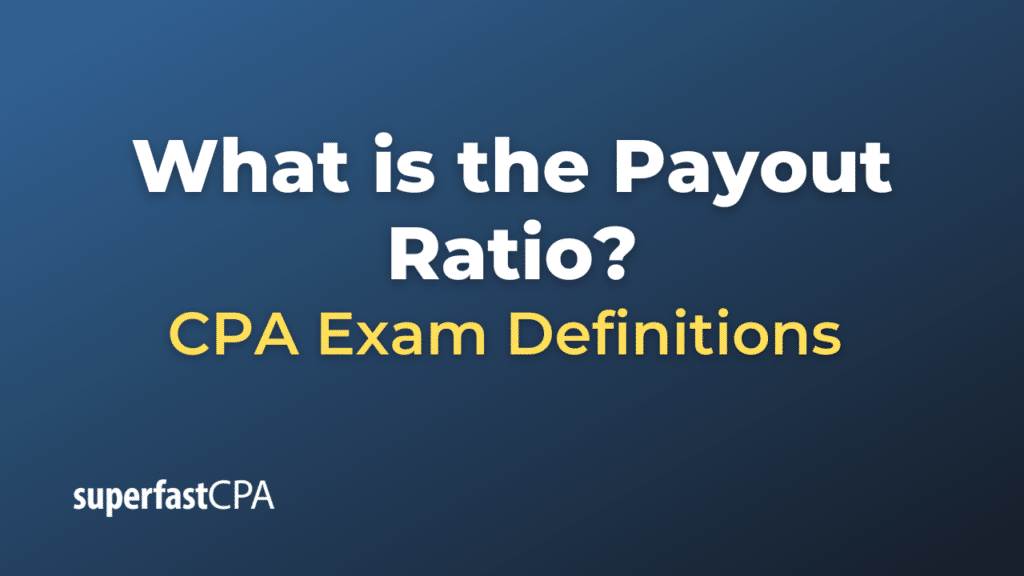Payout Ratio
The payout ratio, also known as the dividend payout ratio, is a financial metric that indicates the percentage of a company’s earnings that is paid to shareholders in the form of dividends. It shows how much of the company’s profits are being distributed as dividends, and how much is retained for reinvestment or to cover debt.
The payout ratio is calculated using the following formula:
Payout Ratio = Dividends per Share (DPS) / Earnings per Share (EPS)
A lower payout ratio could mean that the company is retaining more earnings for growth, while a higher payout ratio could indicate that the company is distributing a larger portion of its earnings to its shareholders. However, a very high payout ratio can also be a warning sign, as it might be unsustainable in the long term.
It’s worth mentioning that this ratio can vary widely among different industries and companies. So it’s important to compare companies within the same industry, and also to consider the company’s growth stage, earnings stability, and the industry’s norm.
Example of the Payout Ratio
Let’s look at a practical example to understand the payout ratio.
Let’s say we have a Company XYZ which reported earnings per share (EPS) of $2.00 for the last fiscal year. During the same period, it paid dividends per share (DPS) of $1.00.
Using the payout ratio formula, we calculate:
Payout Ratio = DPS / EPS
Payout Ratio = $1.00 / $2.00
Payout Ratio = 0.5 or 50%
This means that Company XYZ paid out 50% of its earnings as dividends to shareholders. The remaining 50% could be retained within the company for various purposes such as reinvestment for growth, paying off debt, or increasing cash reserves.
It’s important to remember that just because a company has a high or low payout ratio doesn’t necessarily make it a good or bad investment. Other factors must be considered like the company’s growth rate, the stability of earnings, its level of debt, and its reinvestment opportunities.













